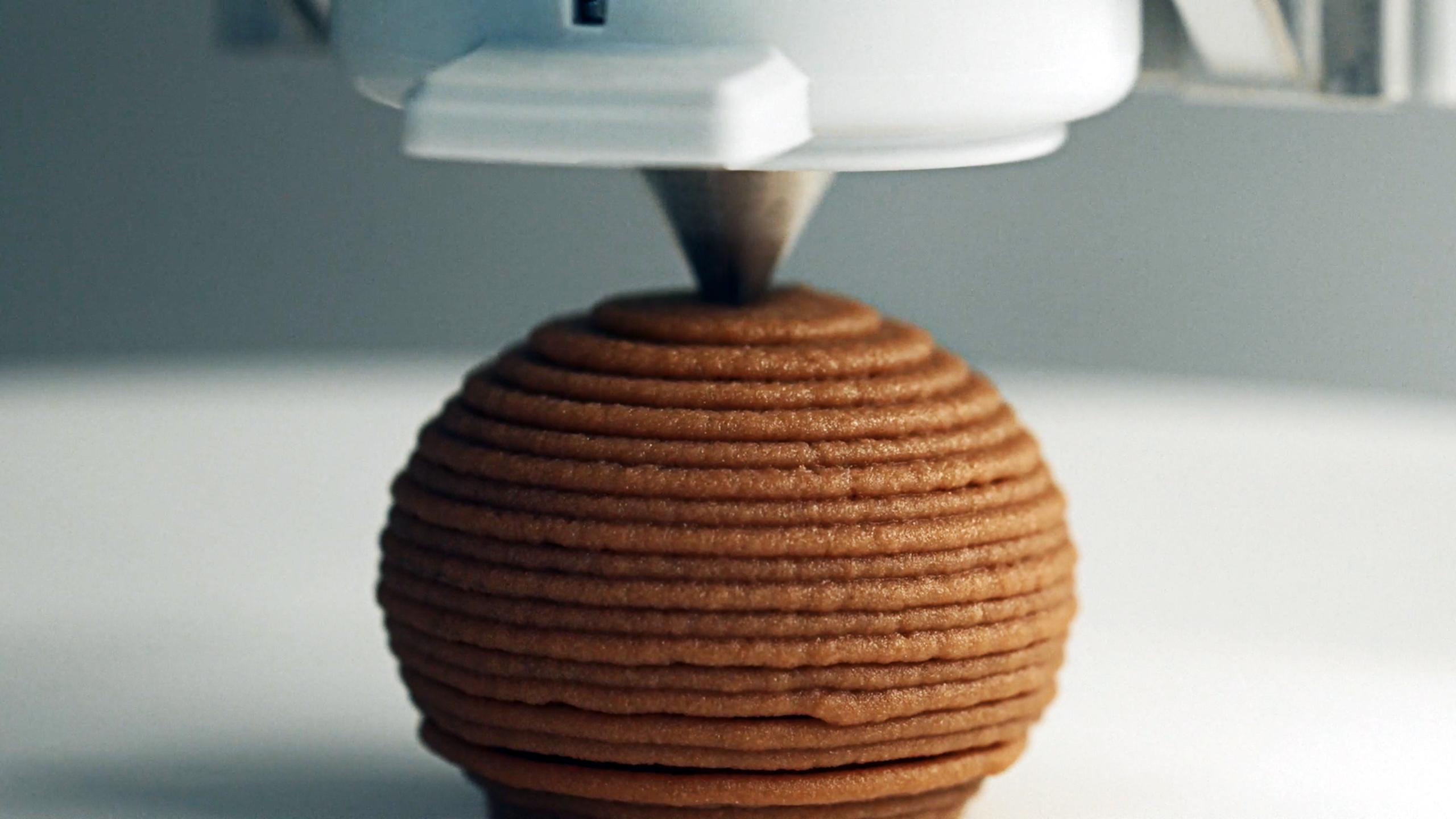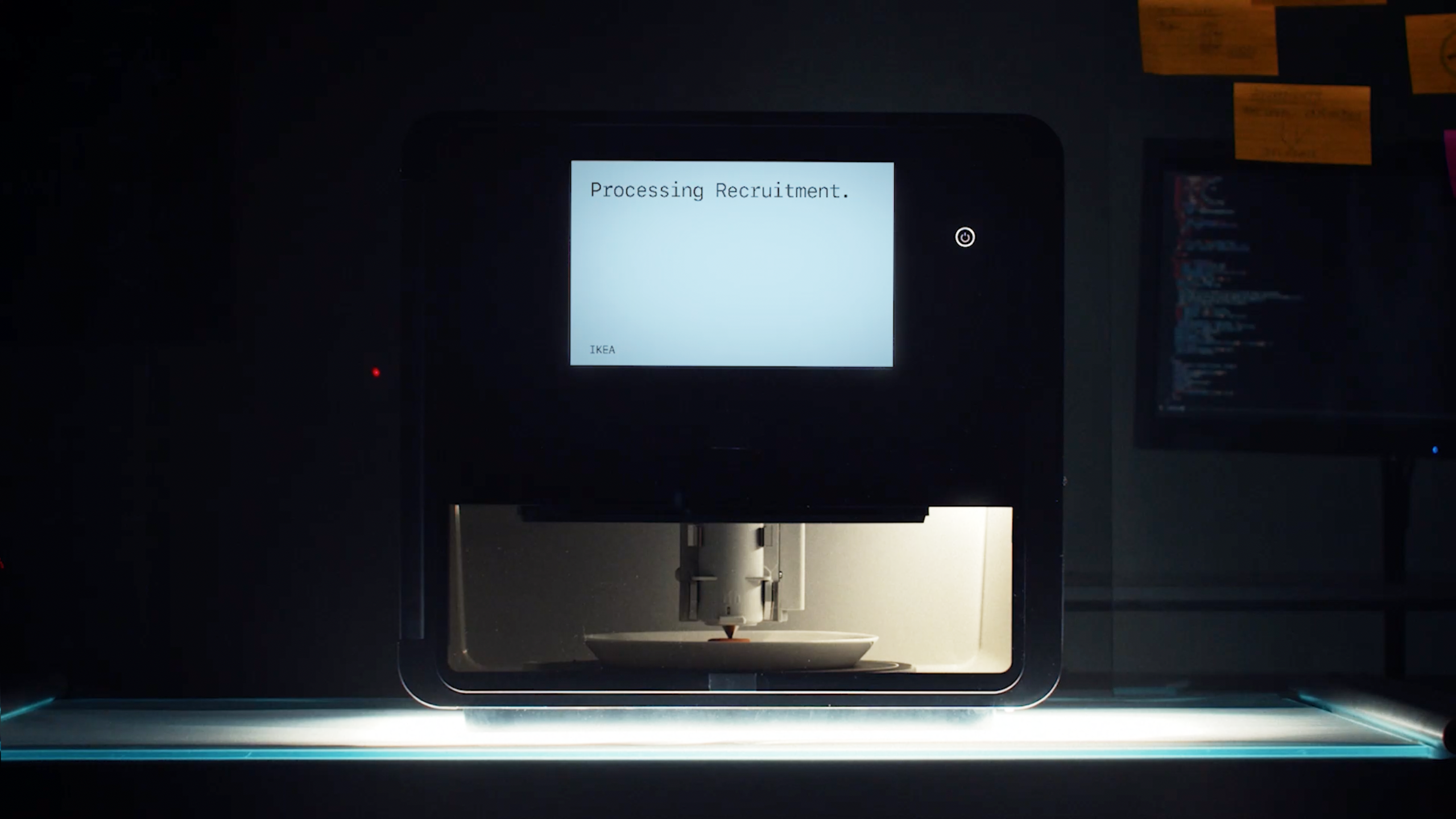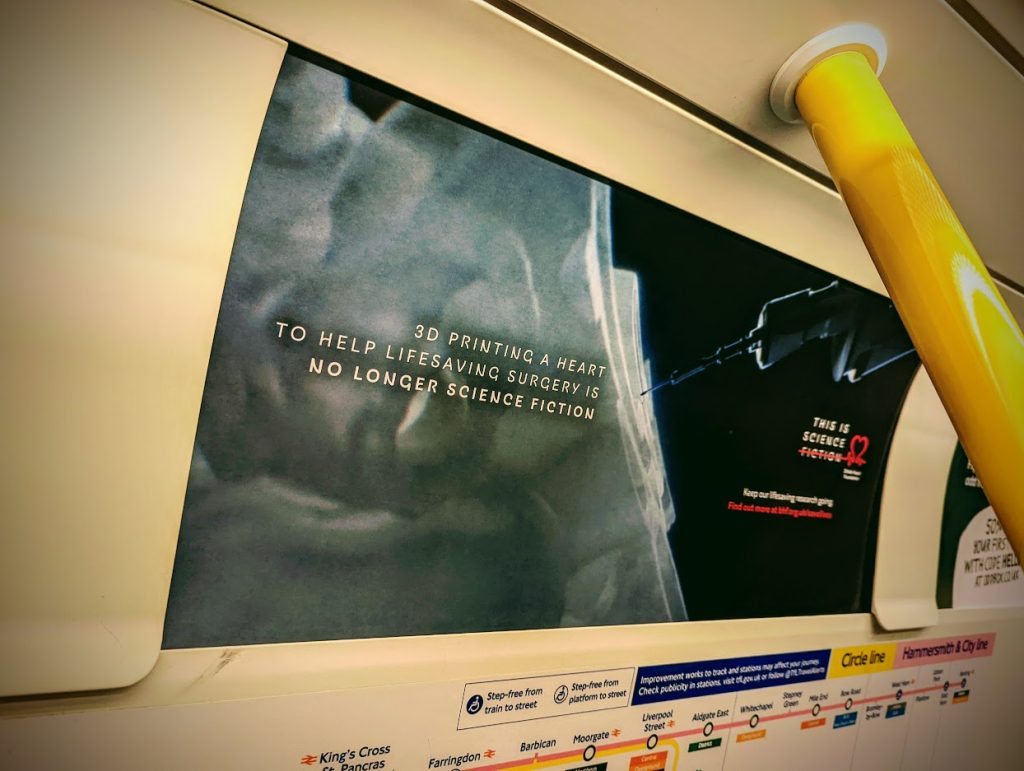Swedish furniture retail company IKEA has used 3D printing to promote its latest recruitment campaign as it seeks to fill key technology roles in the Netherlands, Sweden, Germany, and Switzerland.
The firm’s new “Taste the Future” campaign invites candidates to a unique job interview over a plate of plant-based 3D printed Swedish meatballs, with the aim of attracting a diverse range of digital professionals.
The company also announced plans to have 50 percent plant-based meals in all its restaurants by 2025, however it remains to be seen if 3D printed meatballs will be on the menu of your local IKEA anytime soon.
“IKEA is at the start of a journey to embrace data and technology to become more affordable, accessible and sustainable in an omnichannel environment,” said Pascal Pauwels, Inter IKEA Group CIO. “Naturally people with imagination will play a big role in that quest.
“So here we’re looking for people who want to create a better everyday life with us. This campaign is a great way to start the conversation.”
Meeting over meatballs
IKEA’s Swedish meatballs are an iconic part of the company’s brand and, coupled with the intrigue of 3D printing to those not so familiar with the technology and its capabilities, will no doubt pique the interest of potential candidates.
Captured in the short film above, the firm’s recruitment campaign is hoping to attract a diverse range of tech talent to fill the 150 roles on offer throughout its European locations. The 3D printed meatballs will be served to selected candidates as part of IKEA’s normal application and interview process.
“We’re looking for down-to-earth data scientists, future architects, cyber guardians, unboxed engineers and common sense-makers,” said Karen Rivoire, IKEA’s Employer Brand Leader. “People who want to co-create a better everyday life at home for the many with thin wallets.”

Onto the meatballs themselves, which were produced by a 3D food printer to recreate the texture, flavor, and appearance of the original but without the meat. The plant-based alternative was born out of IKEA’s experimentation with new technologies to make its meatballs more sustainable.
The firm was ambiguous on the food 3D printing technology involved in creating the meatballs, and it is unclear whether IKEA leveraged a third-party’s technology and hardware or whether the technology has been developed in-house. One would assume the former is the most likely scenario of the two, however.
IKEA already offers plant-based meatballs alongside its traditional meatballs in its restaurants and has committed to offering 50 percent plant-based main meals in its locations by 2025. Despite this, the company said that there are currently no plans to put the 3D printed meatballs on the menu of its restaurants.
It’s clear that the 3D printed meatballs are, at least for now, simply a marketing hook by IKEA to attract the next generation of data and technology talent through its doors by getting eyeballs on this marketing campaign. More interesting however is that 3D printing is making a comeback in terms of mainstream brands using the technology as a hook in such campaigns.

3D printing’s starring role in marketing campaigns
Other examples of additive manufacturing leveraged for marketing purposes as a “new” or “revolutionary” technology include a recent ad run by the British Heart Foundation has released videos on how it is funding the development of 3D printed hearts that are saving children’s lives, and the technology is potentially one of those alluded to in its recent “This is Science” campaign requesting donations to “turn science fiction into reality”.
The caveat to this campaign is, of course, that 3D printing an actual heart is still a long way away, and for now, 3D printing’s deployment in this space is largely confined to patient models and tissue engineering research.

Tellingly, of the back of the 2013-2014 3D printing hype-wave brands such as Coca-Cola, Carolina Herrera, Louis Vuitton, Macy’s, Netflix, Nike, and more adopted 3D printing in some respect as part of their omnichannel marketing strategies. Coca-Cola’s development of the Ekocycle 3D printer in partnership with 3D Systems and musician Will.i.am in 2014 is a prime example of this, as was the inclusion of 3D printers in Macy’s backstage store in 2015 as the retailer attempted to appeal to a new millennial consumer demographic.
Does the re-emergence of 3D printing placed front and center in ad campaigns suggest another hype wave is about to break?

Subscribe to the 3D Printing Industry newsletter for the latest news in additive manufacturing. You can also stay connected by following us on Twitter and liking us on Facebook.
Looking for a career in additive manufacturing? Visit 3D Printing Jobs for a selection of roles in the industry.
Subscribe to our YouTube channel for the latest 3D printing video shorts, reviews and webinar replays.
Featured image shows IKEA’s plant-based 3D printed Swedish meatball. Photo via IKEA.



